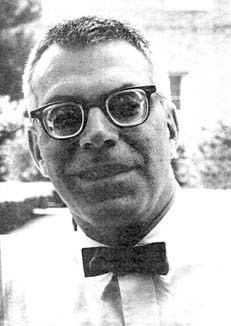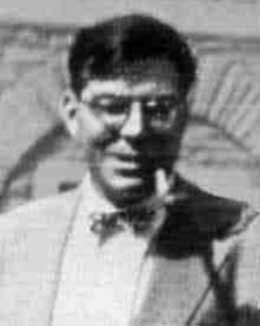Nationality American Role Mathematician Name Leonard Savage | ||
 | ||
Born 20 November 1917Detroit ( 1917-11-20 ) Institutions University of ChicagoPrinceton UniversityYale UniversityColumbia University Doctoral students Don BerryMorris H. DeGrootRobert LingRoy Radner Died November 1, 1971, New Haven, Connecticut, United States Books The foundations of statistics, Inequalities for Stochastic Processes: How to Gamble If You Must Awards R. A. Fisher Lectureship, Guggenheim Fellowship for Natural Sciences, US & Canada Similar People Lester Dubins, Don Berry, George II of Great Britain | ||
Leonard jimmie savage
Leonard Jimmie Savage (born Leonard Ogashevitz; 20 November 1917 – 1 November 1971) was an American mathematician and statistician. Economist Milton Friedman said Savage was "one of the few people I have met whom I would unhesitatingly call a genius."

He graduated from the University of Michigan and later worked at the Institute for Advanced Study in Princeton, New Jersey, the University of Chicago, the University of Michigan, Yale University, and the Statistical Research Group at Columbia University. Though his thesis advisor was Sumner Myers, he also credited Milton Friedman and W. Allen Wallis as statistical mentors.
His most noted work was the 1954 book Foundations of Statistics, in which he put forward a theory of subjective and personal probability and statistics which forms one of the strands underlying Bayesian statistics and has applications to game theory.
During World War II, Savage served as chief "statistical" assistant to John von Neumann, the mathematician credited with describing the principles upon which electronic computers should be based. Later he was one the participants to the Macy conferences on cybernetics.
One of Savage's indirect contributions was his discovery of the work of Louis Bachelier on stochastic models for asset prices and the mathematical theory of option pricing. Savage brought the work of Bachelier to the attention of Paul Samuelson. It was from Samuelson's subsequent writing that "random walk" (and subsequently Brownian motion) became fundamental to mathematical finance.
In 1951 he introduced the minimax regret criterion used in decision theory.
The Hewitt–Savage zero–one law is (in part) named after him, as is the Friedman–Savage utility function.
